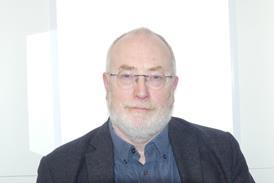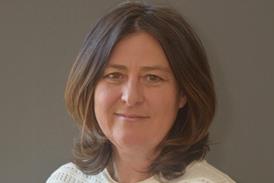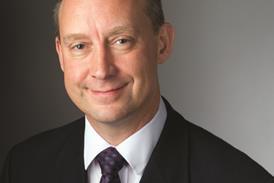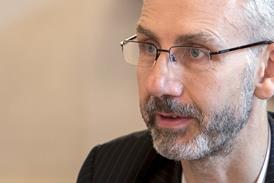Improving the health of disadvantaged communities presents a complex challenge; one that we are only starting to understand, let alone effectively address.
Communities in disadvantaged areas need better basic infrastructure such as sanitation, better housing and health facilities. But if this infrastructure is going to create truly healthy communities, it must be appropriate, durable and capable of being used by local people for years to come. Achieving this relies on understanding the interaction between infrastructure and social systems.
In the past, the emphasis was often on infrastructure projects rather than improving the health of the community. This is beginning to change and the focus is shifting to building the capacity of local communities to improve their own health and wellbeing. And it can’t happen too soon.
The threat of climate change means that communities must become not only healthy but resilient. Disadvantaged communities are particularly vulnerable to effects of climate change such as floods or heatwaves, with women and children living in poverty most at risk.
So how can we design infrastructure that helps create healthy, resilient communities? Arup’s work in south-east Asia and Australia has shown me that it’s vital to consult with the local community to ensure the design is appropriate and the end result is durable and easily maintainable.
But realising all the potential benefit from an infrastructure project demands a broader programme of community involvement, communication, and skills development. For example, a project could be used to create employment and training for local people, engendering pride and ownership in the community.
Looking at a broader scale than one infrastructure project, a healthy community depends on a complex set of interactions between: housing and other infrastructure, water supply and sanitation, energy supply networks, resource and waste management, transport and communication networks, agriculture, land use, health services, social networks, and education.
Understanding these interactions and developing solutions that will benefit the health and wellbeing of the disadvantaged and avoid unintended consequences requires the application of systems thinking. At Arup, we use this approach to create models of infrastructure, institutional and societal relationships that support robust and inclusive decision making processes to identify where investment is best made to maximise benefit.
To build healthy communities in disadvantaged areas, social co-benefits need to be added to the measures of a project’s success. Projects must be about more than meeting time, budget and quality requirements. They must be about communities.





















No comments yet